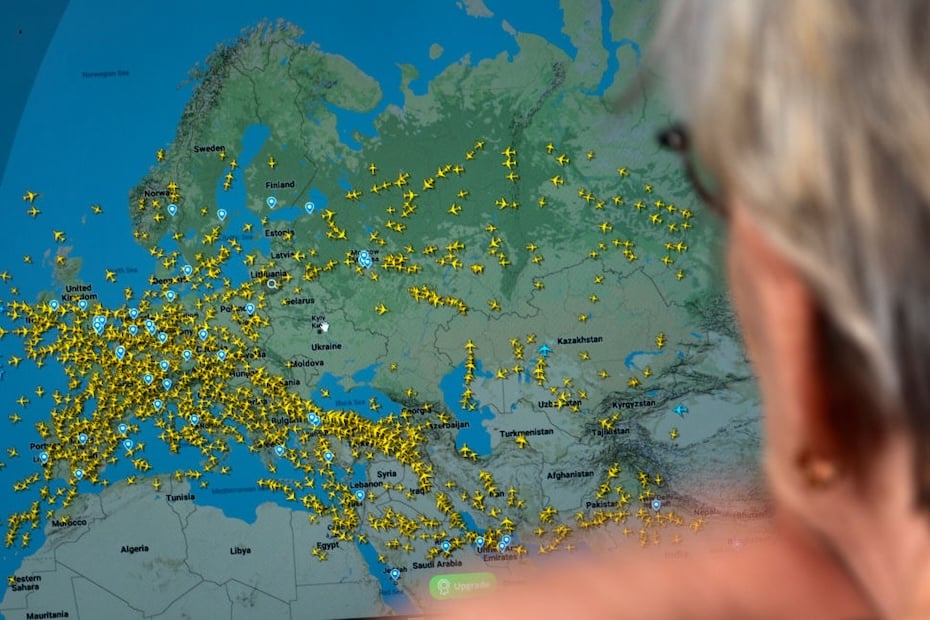More airlines fly over Afghanistan amid regional tensions
Taliban officials claim the number of overflights were even higher in recent days than FlightRadar24 data has shown

Airlines have diverted more flights over Afghanistan over the past week to avoid Iranian airspace, data shows, adding to journey times and fuel costs in the latest disruption for routes between Asia and Europe as tensions in the Middle East escalate.
Flights over Afghanistan were already growing in recent months, but expectations of an Israeli response to an Iranian missile attack on Israel last week have furthered that trend, data from flight tracker FlightRadar24 shows.
EASA last week issued a warning for airlines to avoid Iranian airspace.
FlightRadar24 showed 132 overflights of Afghanistan on September 29. On October 2, the day after Iran attacked Israel, the number of Afghan overflights rose to 176.
On October 6, the daily number had steadily risen to 222.
Taliban officials said the number of overflights were even higher in recent days than the FlightRadar24 data showed.
“Specifically, over the past five or six days, there have been about 350 transit flights in 24 hours, compared to around 100 transit flights (a year ago) previously,” said Imamudden Ahmadi, the spokesperson for the Taliban-run Ministry of Transportation and Aviation.
FlightRadar24 on Tuesday showed British Airways and Singapore Airlines flights using Afghanistan’s airspace.
The data did not show a breakdown of which airlines were using Afghan airspace more in the last week. British Airways and Singapore Airlines did not immediately respond to a Reuters request for comment.
Many airlines had started routing through Iran and the Middle East after Russian and Ukrainian skies were closed to most Western carriers when the Ukraine war began in 2022.
The new rerouting shows the difficult calculus airlines are forced to make as the safety of the airspace across the Middle East becomes more precarious and fears of a regional war rise a year after the start of the Israel-Hamas war.
“What was already a very limited set of route options is now down to the last few choices that there are – hence Afghanistan seeing more traffic,” said Mark Zee, the founder of flight-risk information sharing organization OPSGROUP.
Air traffic control for carriers flying over Afghanistan has not been available since the Taliban took over three years ago – leaving airlines to rely on guidelines from regulators.
“I expect that this avoidance of Iran, and possibly Iraq, will continue for several weeks at least, until either Israel makes a move, or the situation calms,” Zee said.
